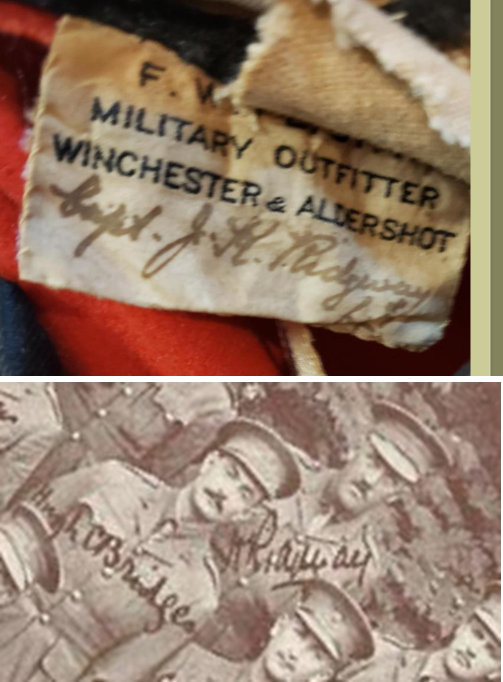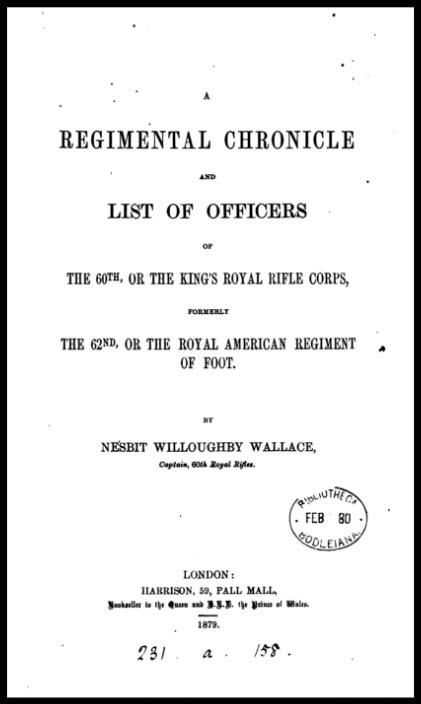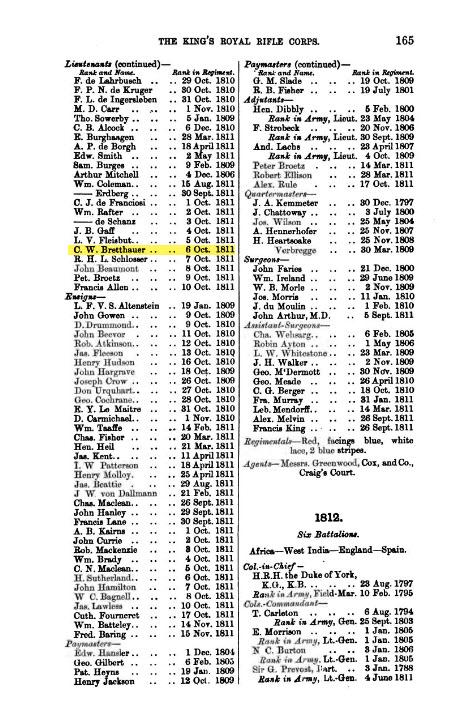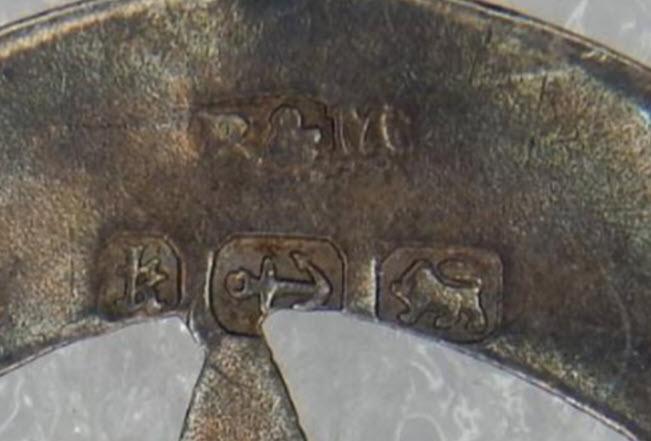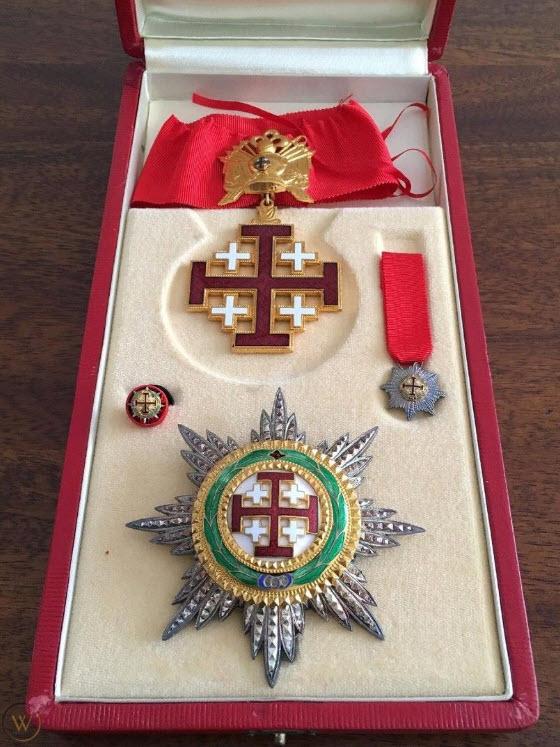-
Posts
581 -
Joined
-
Last visited
-
Days Won
2
Content Type
Profiles
Forums
Blogs
Gallery
Events
Store
Everything posted by Trooper_D
-
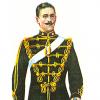
Hello from northern Italy
Trooper_D replied to Felix Echt von Eleda's topic in Austro-Hungarian Empire
May I echo the welcomes you have received and say how much I have enjoyed reading your account of the document you are fortunate enough to own. I have been lucky enough to have been on a battlefield tour of much of the terrain of this bloody but not so well known campaign, visiting both the Austrian and Italian positions (where some trenchwork still remains) and including walking the ground where Rommel won his PLM. You have to have been there to truly understand what an extraordinary feat of endurance it was to fight in those mountains, particularly in the depth of winter. Your transcriptions of Sterger's diary entries brings home the human side of the fighting in a very vivid way. Thank you! -

North Staffordshire dress uniform
Trooper_D replied to USN's topic in Great Britain: Militaria: Badges, Uniforms & Equipment
What an interesting project, USN! I hope that you manage to secure all the right pieces to bring the tunic back to something near its prime. On past experience, I would have thought that, rather than this being Ridgway's signature, this is where the tailor has handwritten his name so that it doesn't get confused with other tunics they were making at the time. It is still the practice, today, that tailors write their client's name on the label they sew into the garment they have made. Further to the above, having had another look at the 'signature' on the tunic, I wouldn't have said it is particularly similar to that on the group photo (a very different 'R', for example). A pedantic point, perhaps, but those are the Prince of Wales's feathers rather than a fleur-de-lis about the knot. -
A good start to answering your question can be made by visiting this official page and scrolling down to the entry for the Order of the British Empire. https://honours.cabinetoffice.gov.uk/about/orders-and-medals/ As it states, the Order is awarded in either the Military or Civilian division, depending of whether the recipient is in the Armed Forces or not. Both divisions are equivalent in honour. Your document is for an honorary (because the recipient is not British or from the Commonwealth) Officer of the Order, i.e. the fourth of the five classes of the Order. The ribbon of the Military division has a central stripe, as illustrated on some of the illustrations at the link. I'm afraid that I don't know whether the signature is facsimile or original. I am sure that others will, however.
-

60th Regiment of Foot (KRRC)
Trooper_D replied to David M's topic in Great Britain: Research, Documentation & History
How interesting. Thanks for the follow up. -

60th Regiment of Foot (KRRC)
Trooper_D replied to David M's topic in Great Britain: Research, Documentation & History
As a matter of interest, what did he go on to do after the KRRC? -

60th Regiment of Foot (KRRC)
Trooper_D replied to David M's topic in Great Britain: Research, Documentation & History
He was, indeed, in the KRRC. One source in which he appears is this one, Source: https://archive.org/details/aregimentalchro00wallgoog/page/n10/mode/1up The scan is not the best but he appears at least four times: p.165 (1st column), p.167 (2d col), p.173 (2nd col), p.177 (1st col) To start you off, here is the first reference, -
Thank you BlackcowboyBS and 91-old-inf-reg for your most interesting contributions to this discussion - that's why we come here, isn't it!? What an interesting observation that, more often than not, this medal was worn 'the wrong way round' for (understandable) aesthetic reasons, BlackcowboyBS! 91-old-inf-reg, your account of the symbolism is compelling, thank you. Apropos your reference to artistic depictions, I hope that it is not too far off topic to mention Titian's perspective on the Dionysus/Bacchus and Ariadne story, which can be seen here (note the constellation in the top left of the painting), https://en.wikipedia.org/wiki/Ariadne#/media/File:Titian_Bacchus_and_Ariadne.jpg
-

The "compagnies montées".. The Old School Legion Elite.....
Trooper_D replied to Chris Boonzaier's topic in France
The more I hear of this system, the better I like it -

The "compagnies montées".. The Old School Legion Elite.....
Trooper_D replied to Chris Boonzaier's topic in France
Thanks for the confirmation and further explanation. Yes, I can quite see that not having to carry the heaviest of your kit would put a spring in your step -

The "compagnies montées".. The Old School Legion Elite.....
Trooper_D replied to Chris Boonzaier's topic in France
Thanks for these interesting posts, Chris, but I am puzzling over how having one of the two Legionnaires mounted would improve the pace of a Legion column. I would have thought that the column could go no faster than the walking men, thus it would be no faster than if they were all walking. Unless this is about saving the energy of the man who is mounted, thus ensuring that the column could march for longer in the day, even if not faster, than if they were all walking. -
... which would be absolutely right for a ring. So he wasn't the graf's younger son who ran away for some adventure, then I wouldn't read too much into the box in which the sealing wax impression was housed as this is the kind of thing I would expect the aforementioned jeweller to present it in to the new owner of the ring. There is no reason why the impression may have been given as a keepsake, though. I think that the mystery remains unresolved, although identifying the coat of arms would be a step forward, perhaps.
-
When one commissions a jeweller to make a signet- or seal-ring, along with the finished item one is typically given an impression in sealing wax to show that the finished ring produces the desired heraldic device. This is one of those. It looks like the kind of coat of arms that a noble family might bear. Was your legionnaire a 'von'? Edited to add: the dimensions of the impression would help determine whether it was produced by a ring. What are they, please?
-

AUSTRIA. NO 4 INFANTRY REGT. 200 YEARS JUBILEE 1696-1896 MEDAL
Trooper_D replied to numis's topic in Austro-Hungarian Empire
The lack of sharpness compared with the Dorotheum example, even taking into account wear, makes me wonder if this is not a cast copy*. The plug hole is strange. All the examples in this thread have a suspension attached (soldered?) to the top of the medal rather than having a hole piercing the medal. Has this hole been made in a medal which had the top suspension removed? Furthermore, the plug appears to be of the same metal as the medal. In addition, it is almost invisible on the reverse. All of this makes me wonder whether it is a cast copy of an original which had its top suspension removed and a hole drilled through it (why?). * it has a number of the characteristics of an electrotype copy but I can't believe that anyone would go to the trouble. -
Gordon The Library of John F. Kennedy has got this seriously mixed up. The Grand Cross of the Equestrian Order of the Holy Sepulchre looks like this: Source: https://www.worthpoint.com/worthopedia/order-holy-sepulchre-vatican-grand-1908172190 As the Library's catalogue entry text says (my emphasis), So why would it be presented by the Greek Orthodox Patriarch of Jerusalem? This should have jumped out at the cataloguer, one would have hoped. That having been said, your advice to consult the office of the aforementioned Greek Orthodox Patriarch of Jerusalem about the Order which was actually awarded seems like a good idea.
-

Polish WW2 Commando badge from coin
Trooper_D replied to Aniki's topic in Central & Eastern European States
Do you have the dimensions of this badge? As the surface of this example is uniformly flat, I find it hard to believe that this particular one was made from a coin. However, if we know its diameter, it will be possible to identify the coin it might be fashioned from. From my memory, the only one that might have been big enough would have been a 'half crown', which was made of silver, at that time, but was only 32mm in diameter (according to Wikipedia) so I wonder if it would have been big enough for this purpose. -
If the tunnel was closed off and the air in it used up by the unfortunate soldiers, I wonder if that might have created conditions whereby everything would have been preserved as they were on the day of the bombardment. The article also refers to mummification present in the bodies of, I think, the soldiers dug out of the tunnel found in the 1970s, another indication of optimal conditions for preservation. All of that being the case, I suppose it might be that items found in the tunnel would have appeared in auction houses - or the 'Bay - before long.
-
A fascinating story, Claudius. Thanks for bringing it to our attention. For those who are interested, it concerns the fatal entombment of soldiers of the 10th and 11th companies of the 111th Reserve Regiment, during a French bombardment on 4 May 1917, and the recent rediscovery of the tunnel they were trapped in. Worth reading. Edited to add: I don't completely understand the seeming indifference of the German War Graves Commission (VDK) to identifying and reinterring the bodies.


